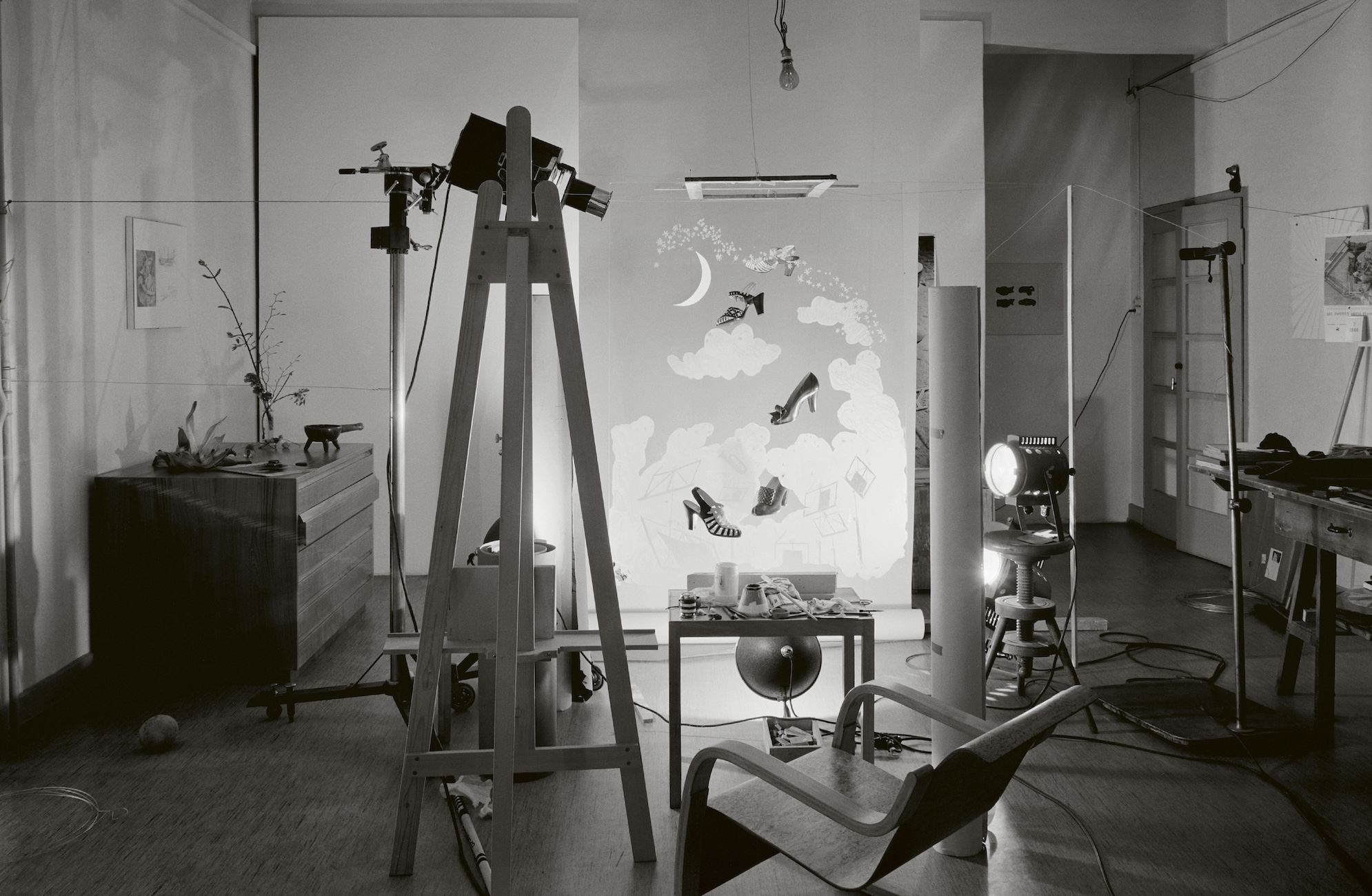
Creative image-maker, engaged photojournalist and poetic storyteller: the current exhibition at the Ernst Leitz Museum is presenting the full scope of Magnum photographer Werner Bischof’s (1916–1954) oeuvre. Despite his early death in a car accident in the Andes, when he was just 38, the precision of his compositions and the emotional aesthetics of his imagery have made Bischof one of the most important Swiss photographers of the 20th century. The selection shows his way from solitary studio photographer to international photojournalist, driven by the magnitude of world events.
The exhibition in Wetzlar was created in cooperation with Marco Bischof, the photographer’s eldest son, and Tania Kuhn, a close collaborator of the Werner Bischof Estate. In addition to many now iconic images, such as the youngster playing the flute or the Shinto priests in the snow, the presentation reveals many previously unknown motifs and documents that bear witness to the photographer’s great humanity and precise eye. Bischof’s creative talent is also demonstrated by a number of drawings made during his countless travels.
The selection for this elaborate museum presentation begins with the early days in Zurich, where, after completing studies in photography in 1936, he excelled as a studio photographer. As of 1945, his focus would be on his work as a photo documentarist. His assignments first took him through Europe; and then, after he joined the Magnum Photo Agency in 1949, around the world, until his tragic early death in 1954. The presentation also shows personal pieces that he produced, independent of his assignments. We talked with Marco Bischof about the current exhibition.
What, from your perspective, makes the exhibition at the Ernst Leitz Museum stand out?
It is a comprehensive exhibition of the whole body of work and reveals the diversity of Werner Bischof’s oeuvre. It’s very important to see him within the context of his time – a time in which photography showed people what the world looks like. It was a time without television, and certainly without internet; and people couldn’t travel with the same ease they can today.
And you have the best insight into your father’s archive…
Yes, the wonderful thing about the archive is how the comprehensive material and features are a repeated source of surprises. And, for a long time now, the Werner Bischof Estate has been working hard to make this important material available.
How have you personally been changed by looking at your father and his life’s work?
When I first took over the archive from my mother, Rosellina Burri-Bischof, I knew little; but my interest grew the more I worked on it. The completeness of the archive is a very important point. I mean, it’s not just photographs, but letters, diaries, publications, newspapers and much more, offering wonderful insight into the work and life of Werner Bischof.
Are there individual motifs in the exhibitions that are of particular importance to you?
Over the 30 years that I have been working on the archive together with Tania Kuhn, I have become fond of all the pictures, and each one comes with its own story.
Some examples of your father’s sketches are integrated in the exhibition – what role do they play?
Werner Bischof was a Renaissance Man, meaning a person with a variety of talents and training. Initially, he wanted to be a painter, but his life took another course and he became an exceptional photographer, who also had a talent for drawing and writing. He often approached a situation by first drawing, then taking photos.
Your father worked with his Leica IIIc and a Rolleiflex Automat – are you able to sense when he preferred to use the one or the other?
I think he made his choice very intuitively.
How would you describe his approach to the world and his photographic interests?
I see him as a picture-taking humanist, whose interest dealt with human nature. Of course, this wasn’t always so well accepted during the so-called Golden Age of Photojournalism. The press often required “sensations”, but Werner Bischof considered himself an artist and loved to work on seminal essays.
Werner Bischof was born on April 26, 1916. He gave up his wish to become a painter, in favour of taking photography classes with Hans Finsler at the Zurich School of Applied Arts (1932–1936). He then took on advertising assignments and established his own studio. As of 1942, his work was published regularly in the Swiss magazine Du. After 1945, he turned to photojournalism, joining the Magnum Photos cooperative in 1949. In 1951, he spent six months in India on assignment for LIFE; 1951/52 took him to Japan for a year; in 1952, he was a war correspondent in Indochina; in 1953, he spent four months in the USA, and then travelled through South America, reporting for Magnum Photos. On 16th May 1954, Bischof died in a car accident in Peru. He was survived by his wife Rosellina, whom he had married in 1949, and his sons Marco (born in 1950) and Daniel (born nine days after Bischof’s death). Find out more about his photography on his website.
The exhibition Werner Bischof: photographer, artist, witness will remain on display until June 9, 2024. For information and opening hours visit the website of the Ernst Leitz-Museum.
Issue 2.2024 of the LFI magazine carries a comprehensive portfolio of Werner Bischof’s work.





















